Mechanical / Electrical / Plumbing
Gives you a product that reflects innovation.
Spartan Scanning
Avoid obstacles when updating equipment with as built data
With 100% accurate as built data you can avoid the otherwise inevitable roadblocks in your upcoming project.
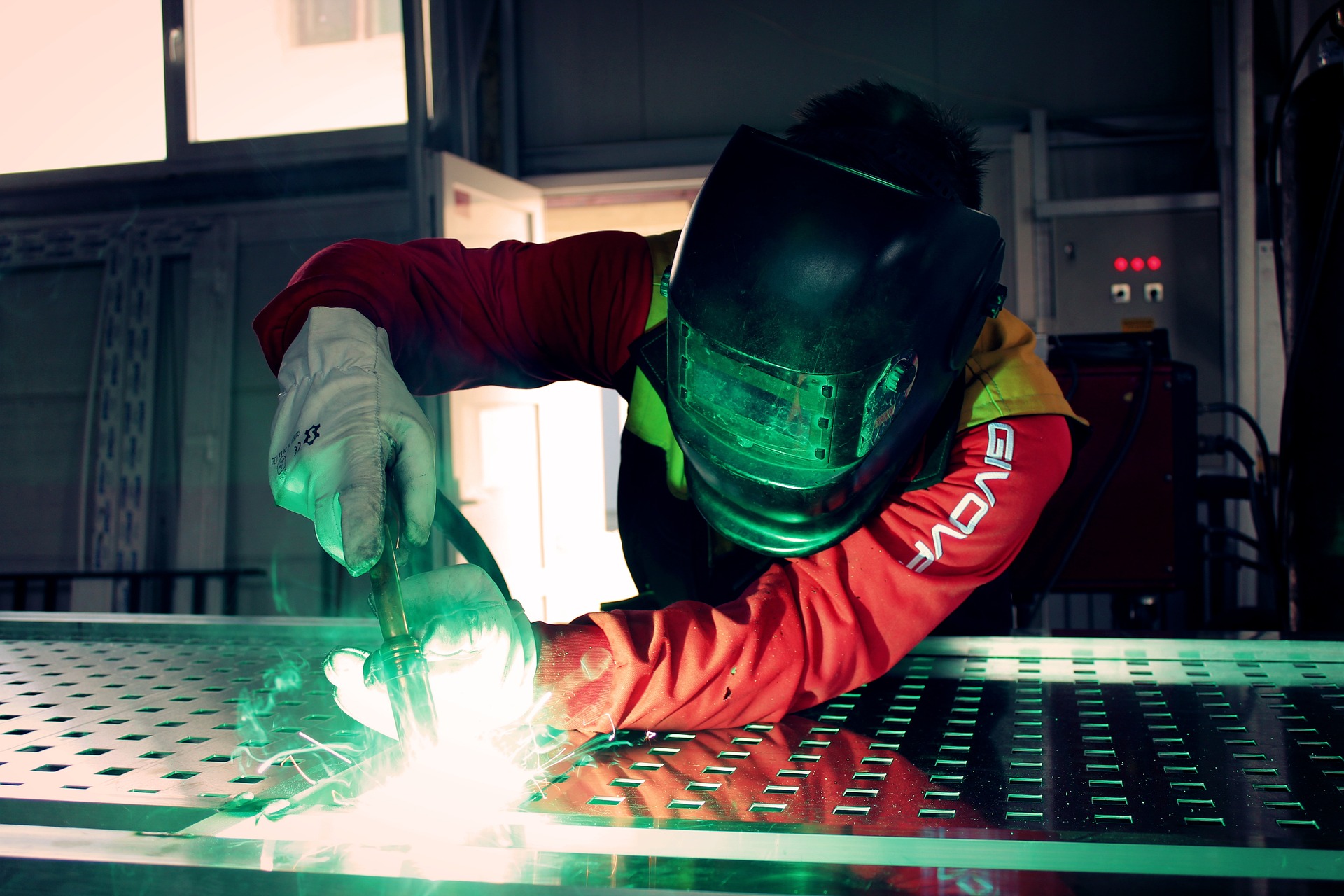
Need help?
Call us to speak with on of our experts!
888-354-SCAN
Reality capture for MEP
Get better as built data with reality capture
Scan to BIM
Shop & Fab Drawings
Clash Detection Reports
Our Service
Generate 3D modeling of your entire piping system
A 3D as built model of your entire piping system to show you your virtual constraints before the project start, and to avoid running into issues down the road.
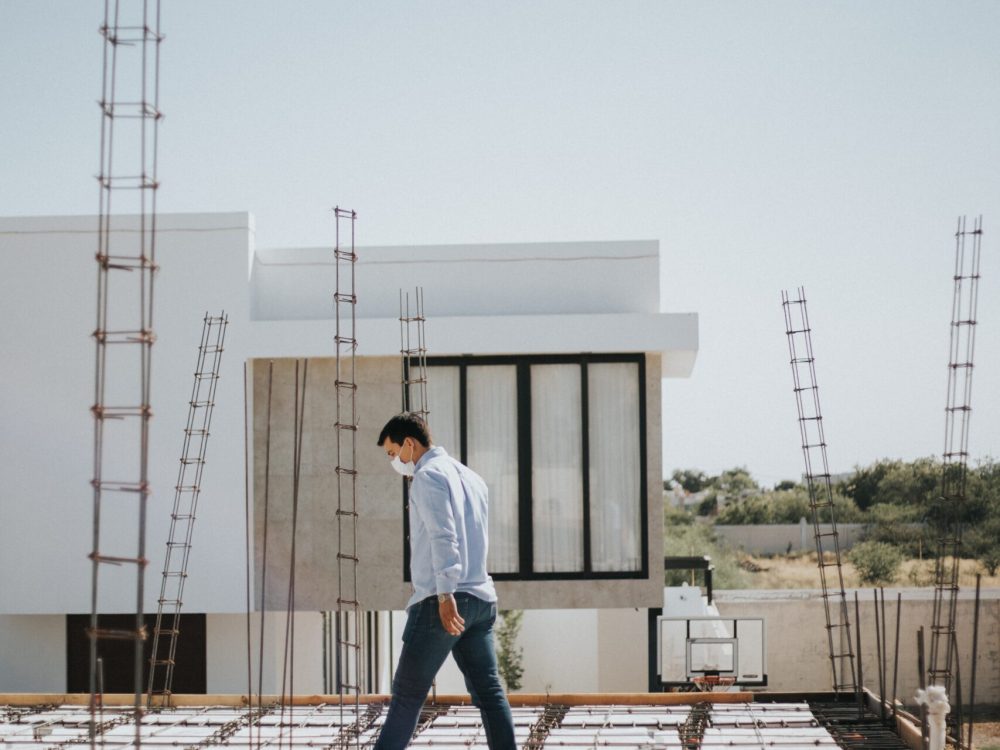
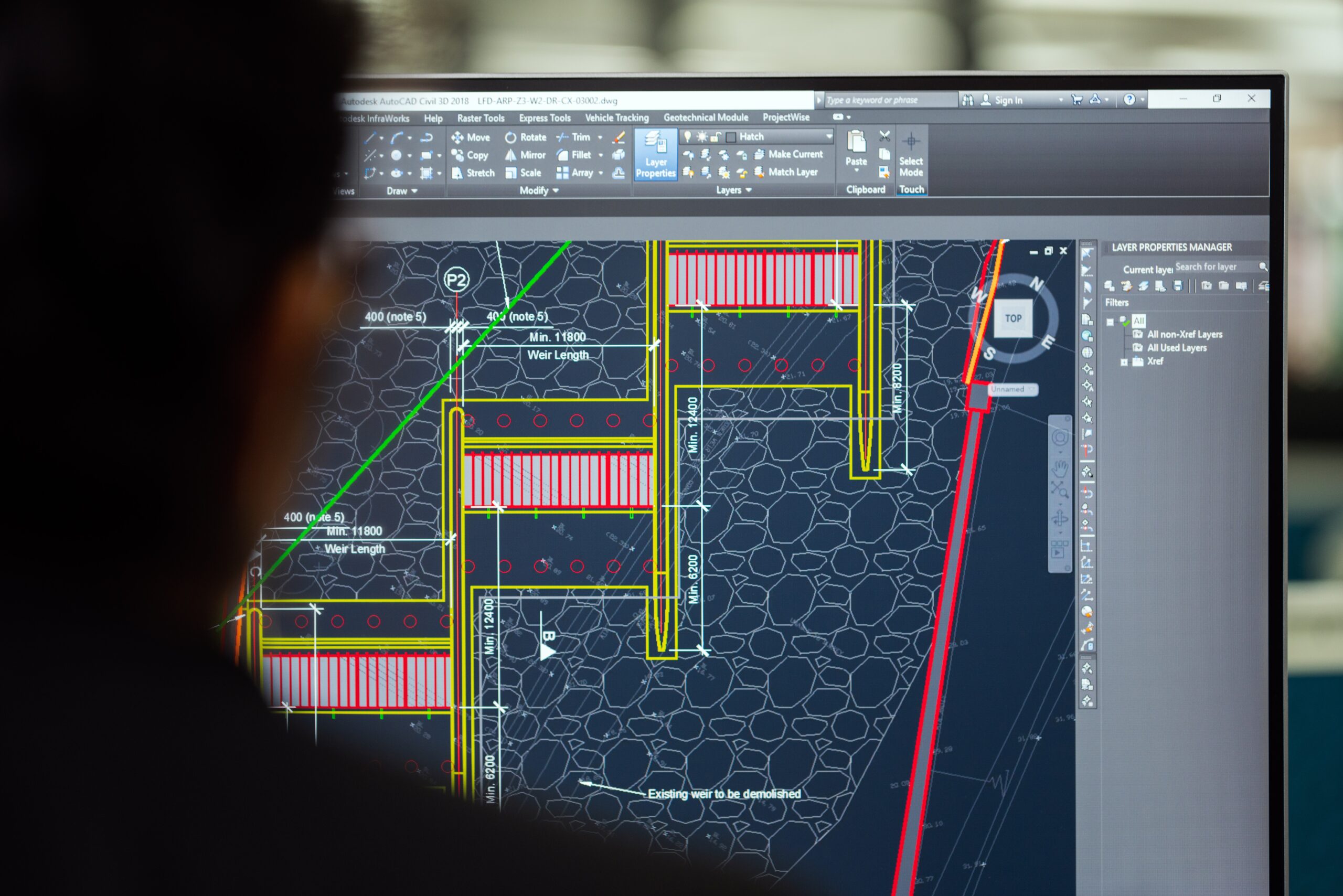
Our Service
Save hundereds of man hours
By capturing 2 million data points a second, you have hundereds of man hours you would normally spend measuring your facility.
Our Service
Get a 3D point cloud model for ease of collaboration
Generate an easy to use & share point cloud map for increased collaboration, reduced site visits, and an overall cost savings.
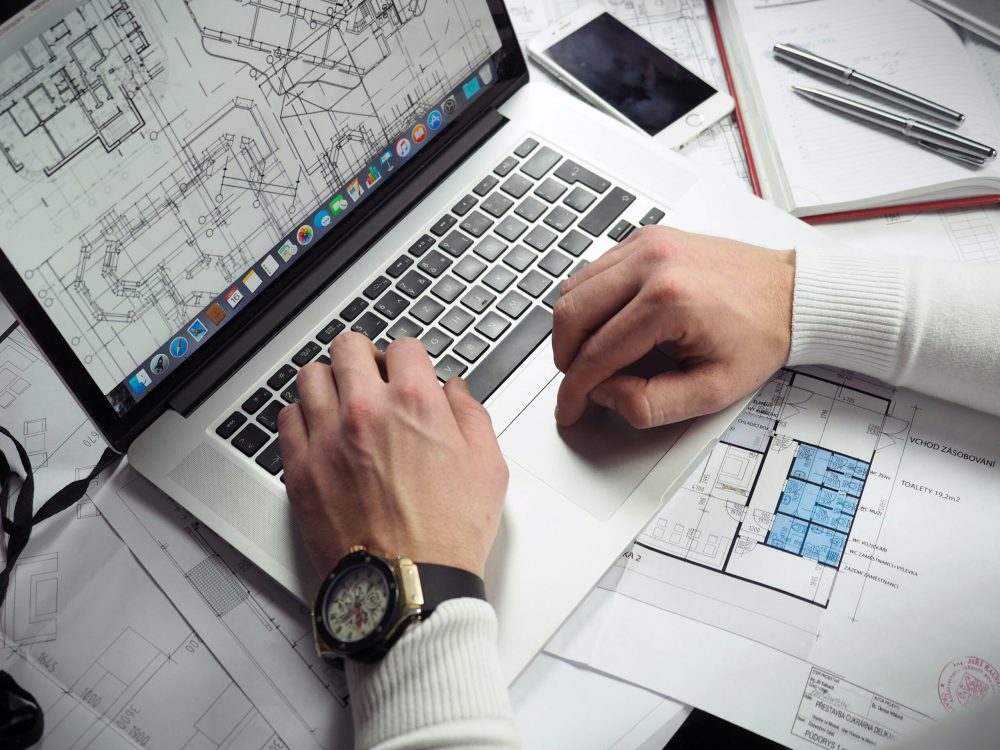
Testimonial
What they says about us
"Imperdiet pretium ex vel metus maximus vivamus accumsan. Aenean dignissim sollicitudin amet maximus praesent ullamcorper mauris cras."

"Imperdiet pretium ex vel metus maximus vivamus accumsan. Aenean dignissim sollicitudin amet maximus praesent ullamcorper mauris cras."

"Imperdiet pretium ex vel metus maximus vivamus accumsan. Aenean dignissim sollicitudin amet maximus praesent ullamcorper mauris cras."

BLog
Related Article
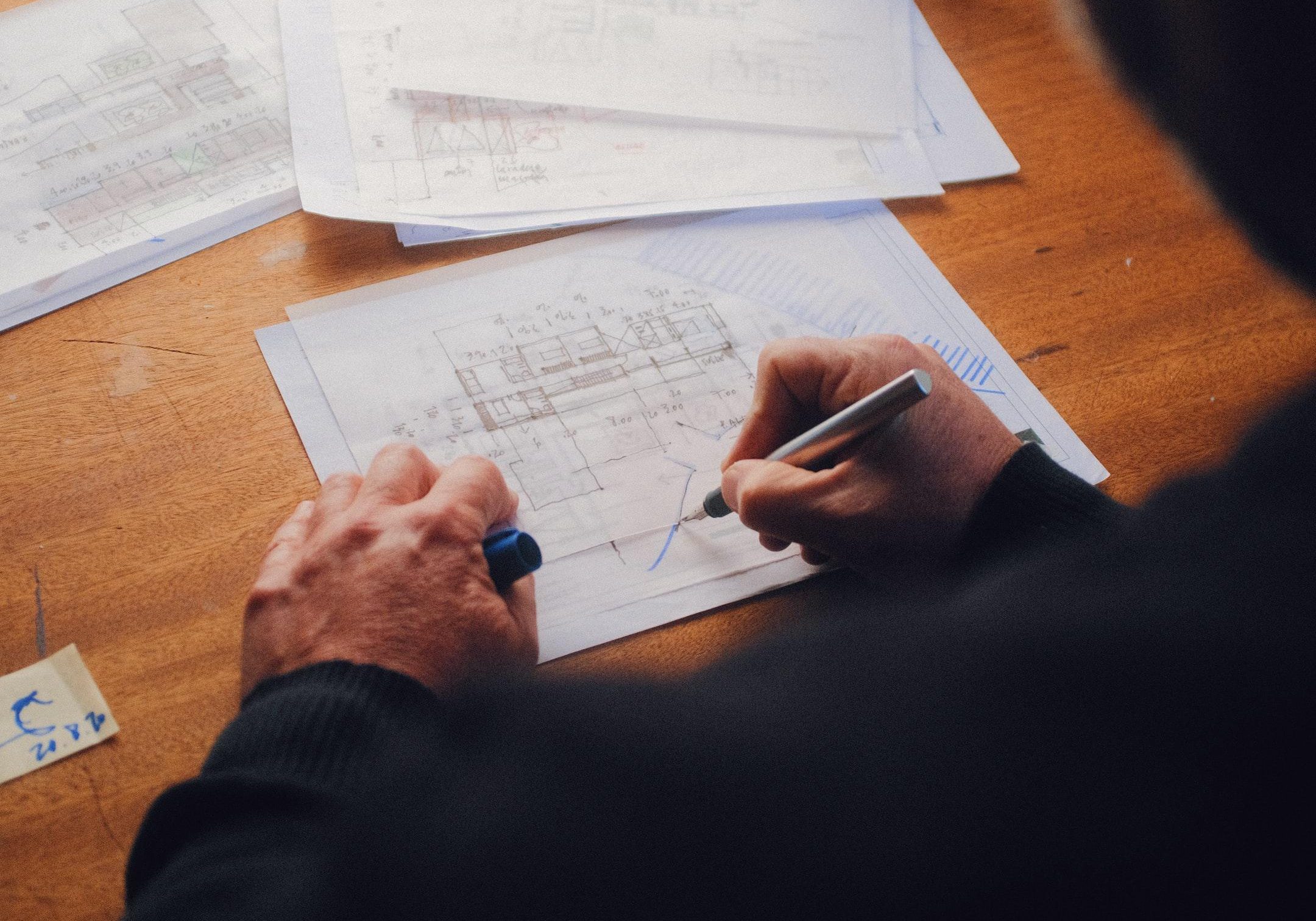
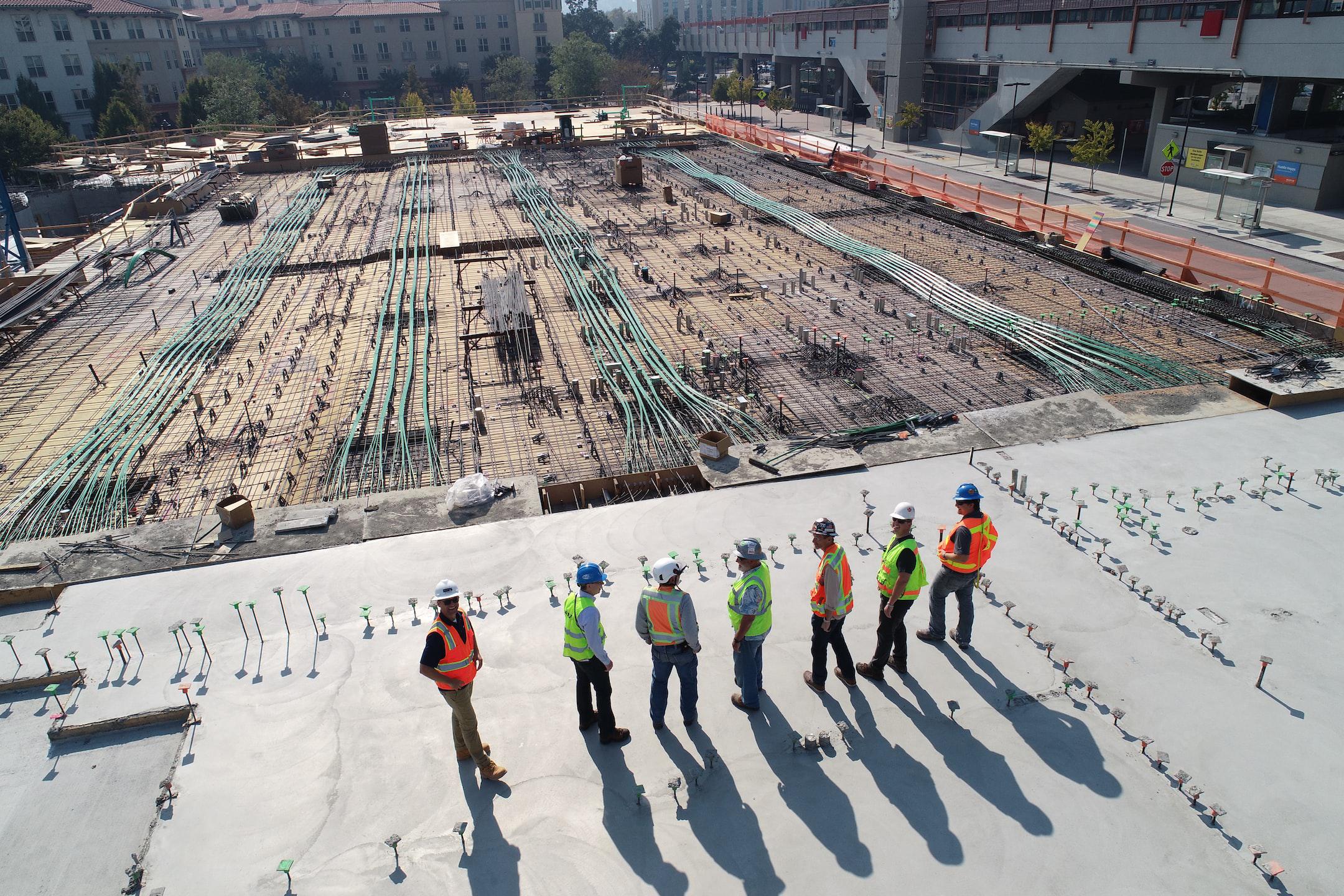
Scanning Solutions You Need for Different Types of Projects
January 21, 2023
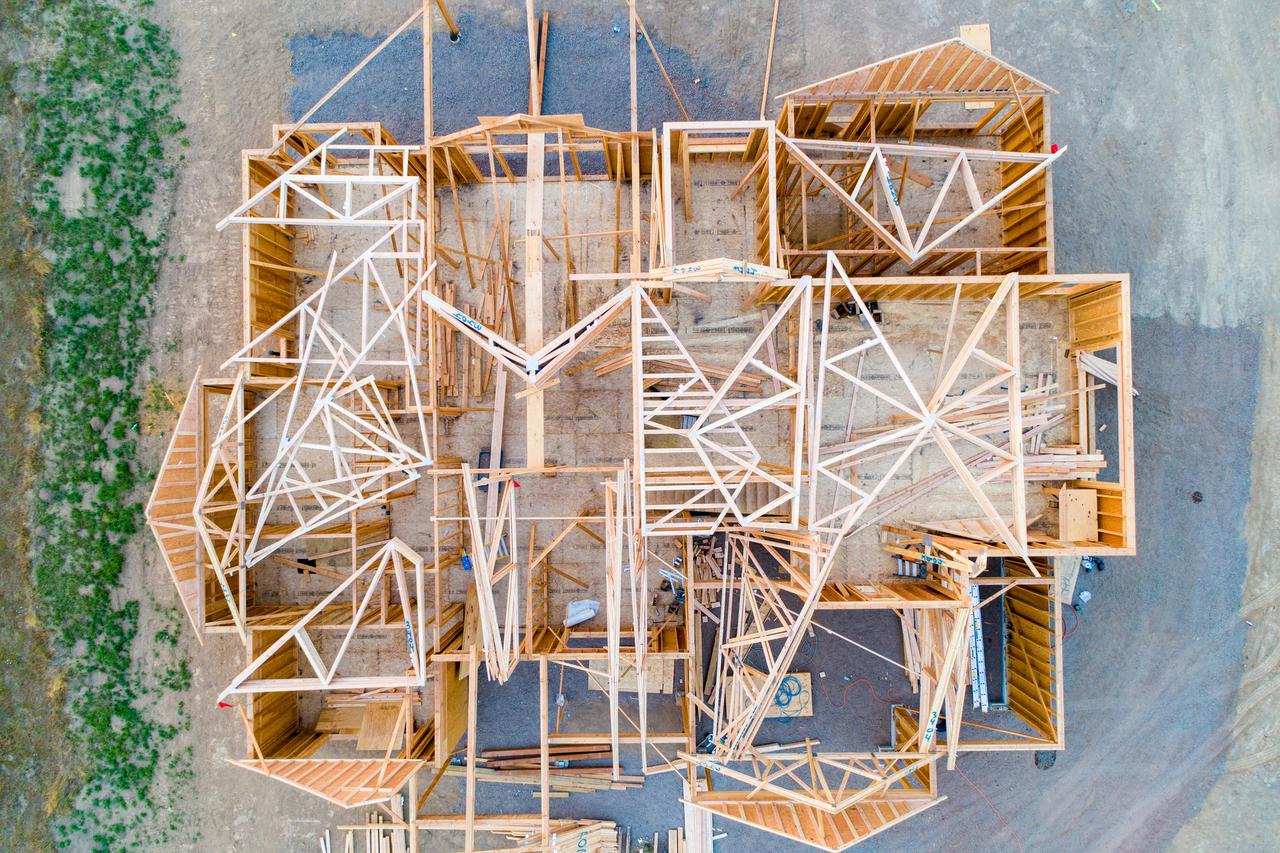
What to Expect From Your Scan to BIM Process
January 5, 2023
FAQ
Frequently Ask Questions
Reality capture refers to the process of collecting data of physical spaces or objects using various types of technology such as laser scanning, photogrammetry, lidar and SLAM. The captured data is then processed to create accurate digital representations of the real world conditions that can be used by a variety of professional disciplines like operations, architecture, engineering, construction, entertainment and more.
The level of accuracy depends on the type of technology used and the purpose of the project. Generally, modern reality capture systems can achieve accuracy levels ranging from a few millimeters to a few centimeters.
Our equipment varies depending on the specific needs of each project. We use advanced laser scanners, cameras, drones, and other specialized tools that allow us to capture data with high precision and detail.
Laser scanning uses laser beams to measure distances and create 3D models of objects and spaces, while photogrammetry uses photographs to extract geometric information and create digital models. Both techniques have their advantages and disadvantages, and the choice between them will depend on the specific requirements of your project.
The duration of a project depends on its scope and complexity. Generally, it takes a few days to a few weeks, but larger or more intricate projects may take several months or even years to complete.
Reality capture can capture a wide range of data, including geometric measurements, textural information, color and lighting, as well as metadata such as GPS coordinates and time stamps.
Reality capture has many applications in fields such as architecture, engineering, construction, manufacturing, entertainment, and virtual reality. Some common uses include creating digital models of buildings, surveying terrain, designing and visualizing products, creating 3D maps, and producing immersive experiences.
Yes, modern reality capture technologies can capture data from all kinds of environments, including outdoor spaces. In fact, some technologies like Lidar are particularly useful for scanning large areas such as cityscapes or natural landscapes.


